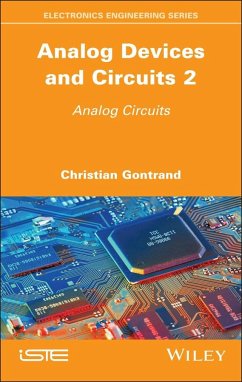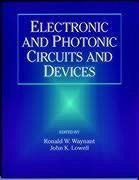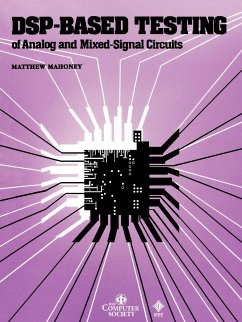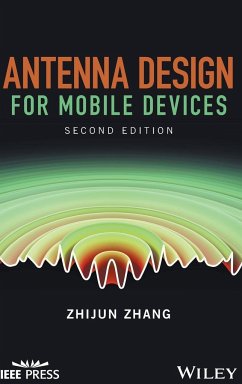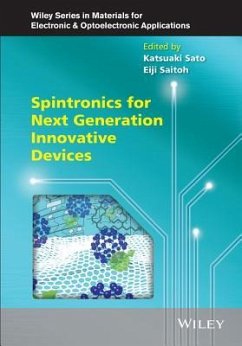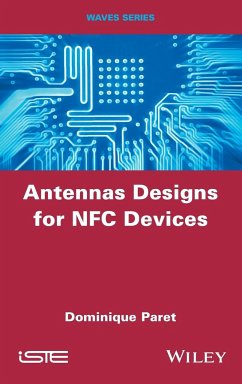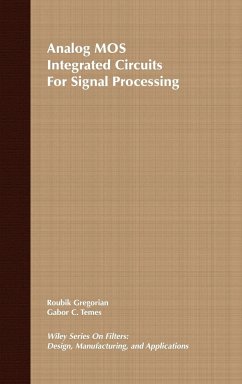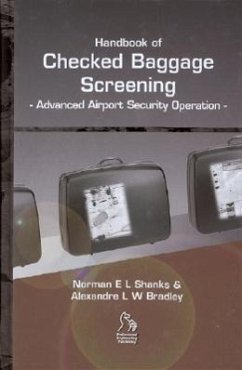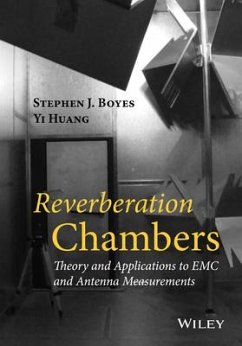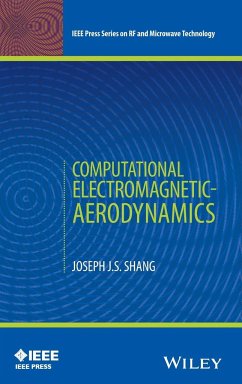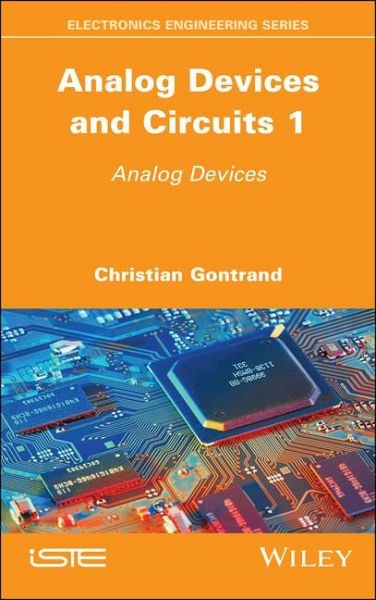
Analog Devices and Circuits 1
Analog Devices
Versandkostenfrei!
Versandfertig in über 4 Wochen
146,99 €
inkl. MwSt.
Weitere Ausgaben:

PAYBACK Punkte
73 °P sammeln!
At the end of the Second World War, a new technological trend was born: integrated electronics. This trend relied on the enormous rise of integrable electronic devices. Analog Devices and Circuits is composed of two volumes: the first deals with analog components, and the second with associated analog circuits. The goal here is not to create an overly comprehensive analysis, but rather to break it down into smaller sections, thus highlighting the complexity and breadth of the field. This first volume, after a brief history, describes the two main devices, namely bipolar transistors and MOS, wi...
At the end of the Second World War, a new technological trend was born: integrated electronics. This trend relied on the enormous rise of integrable electronic devices. Analog Devices and Circuits is composed of two volumes: the first deals with analog components, and the second with associated analog circuits. The goal here is not to create an overly comprehensive analysis, but rather to break it down into smaller sections, thus highlighting the complexity and breadth of the field. This first volume, after a brief history, describes the two main devices, namely bipolar transistors and MOS, with particular importance given to the modeling aspect. In doing so, we deal with new devices dedicated to radio frequency, which touches on nanoelectronics. We will also address some of the notions related to quantum mechanics. Finally, Monte Carlo methods, by essence statistics, will be introduced, which have become more and more important since the middle of the twentieth century. The second volume deals with the circuits that "use" the analog components that were introduced in Volume 1. Here, a particular emphasis is placed on the main circuit: the operational amplifier.




